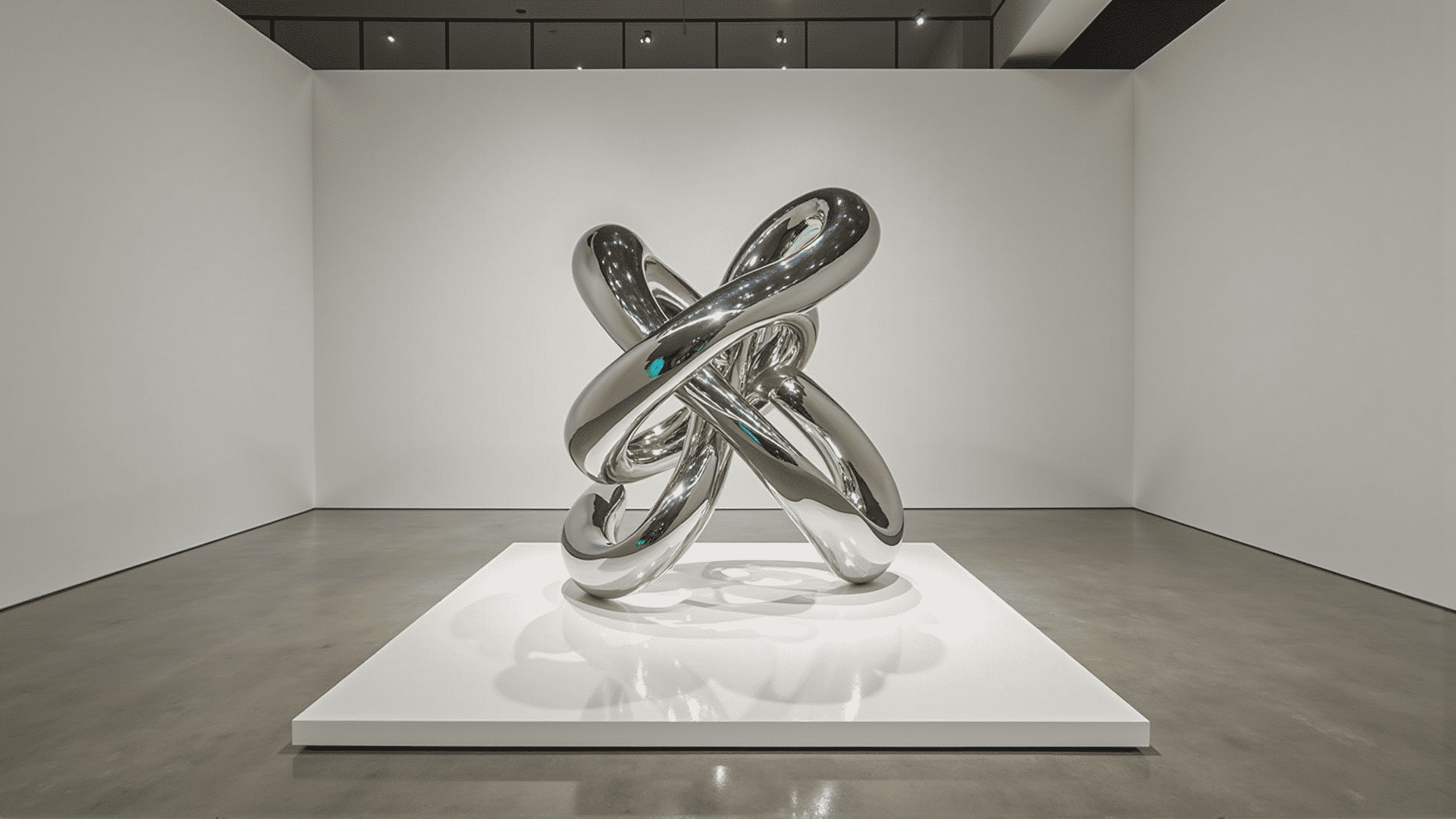Contemporary sculptures, with their dynamic forms and diverse materials, have become a powerful medium for expression in today's art world. These pieces push the boundaries of what sculpture can be, showcasing the innovative techniques and visionary perspectives of modern artists. Through their creations, sculptors challenge traditional notions of art, engage with current societal issues, and invite viewers to explore new realms of thought and emotion.
At the heart of contemporary sculpture is experimentation with materials. Artists today are not confined to classic mediums like marble and bronze; instead, they explore an array of substances such as industrial metals, recycled materials, plastics, glass, and even digital elements. This adaptability allows them to reflect on the environment, consumerism, and technology. For example, sculptures made from discarded electronics might comment on the relationship between humanity and technology, prompting us to consider the impacts of digital advancements on our daily lives.
Furthermore, contemporary sculptors often engage directly with their environments, creating site-specific installations that interact with their surroundings. This approach not only blurs the line between sculpture and architecture but also invites viewers to reconsider their relationships with the spaces they occupy. These installations often have a transformative effect, turning mundane locations into immersive experiences. Large-scale public sculptures can become landmarks, revitalizing cities and cultivating a sense of community and identity.
Conceptual frameworks play a significant role in contemporary sculpture. Artists challenge viewers not just visually but intellectually, provoking discourse on global issues such as climate change, social justice, identity, and migration. For instance, a sculpture might explore themes of displacement through fragmented shapes or distorted human forms, symbolizing the struggles of refugees and migrants.
Interactive sculptures are another notable trend, where viewers are encouraged to engage physically or emotionally with the piece. This interaction fosters a personal connection, as visitors might be able to touch, walk around, or even enter the sculpture. Such experiences make art an active rather than passive endeavor, breaking down barriers between artist and audience.
Technology, too, has opened new avenues for sculptors. With the advent of 3D printing, artists can experiment with complex geometries that were once impossible by hand. Digital tools allow for precise modeling, enabling the creation of intricate patterns and structures that push the limits of what can be physically constructed. This synergy of art and technology not only broadens the aesthetic possibilities but also democratizes the creation process, making it more accessible to emerging artists.
In essence, contemporary sculptures encapsulate the spirit of our era—an age of rapid change, diversity, and interconnectedness. They are a testament to human creativity, resilience, and the ability to reflect, question, and evolve. As we walk through galleries, public squares, and urban landscapes dotted with these modern masterpieces, we are invited to explore the myriad stories they tell, each as unique and complex as the artists who created them.
